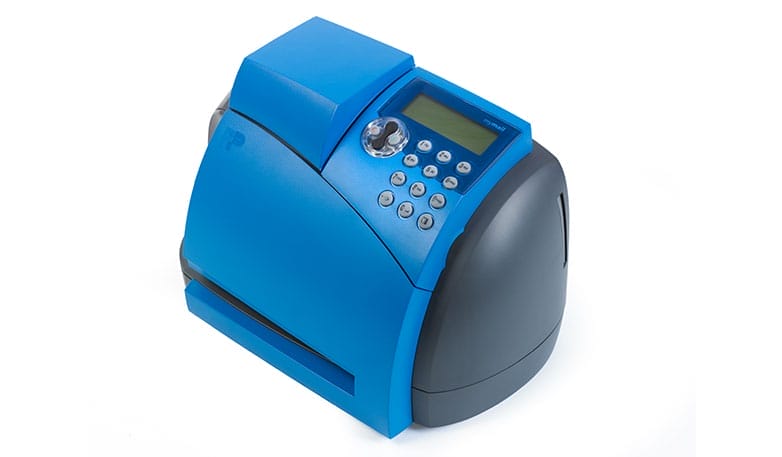Francotyp-Postalia: A future-proof product for the SOHO market
Francotyp-Postalia wanted to exploit the rapidly growing small office home office (SOHO) market. Our structured approach, from design to low-cost manufacturing in the Far East, also included full EMC, safety and telecom approvals.

Francotyp-Postalia, one of the world’s leading manufacturers of franking equipment, wanted to exploit the rapidly growing small office home office (SOHO) market. In contrast to the company’s core range of robust, high-performance franking machines, SOHO users demand low-cost, compact, user-friendly products that meet the needs of international postal services. The machines also have to be technically sophisticated and ‘future-proof’. Francotyp asked us to help them develop the right product for this emerging market, as competition was already increasing.
Structured approach
Our initial program of work established a clear picture of customer needs, which enabled us to significantly reduce the time involved during the subsequent product development phase. This structured approach to product design allowed us to identify essential features and assess customer reaction before setting parameters for design work.
Our analysis soon established ‘ease of use’ as a key criterion in the purchasing decisions of SOHO users. Using role-play in a model office, we tested a number of product concepts, and by simulating the software behind the user interface, we could research further into user perceptions. As a result, an integrated weigh scale became part of the finished design.
We had to achieve a low-cost, compact format, so an all-plastic construction was devised, basing the core printing function on established ink-jet cartridge technologies.
An economic modem allowed the unit to be ‘re-charged’ via the telephone, and a built-in power supply reduced costs even further.
Innovative software techniques reduced development timescales and allowed PC-based testing of over 80 per cent of the software. To further reduce development time, we worked in parallel with the Francotyp team, testing and exchanging software models using specially designed software interfaces. We then helped to establish a low-cost manufacturing base in theFar East, comprising mold tool manufacturers, injection molders, and final assembly. We also took the product through EMC, safety and telecom approvals.
The new machine was launched at CeBIT 2001; its striking, innovative design instantly made an impression, and it subsequently re-shaped a highly conservative market.
